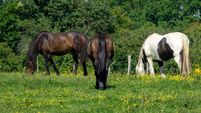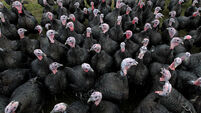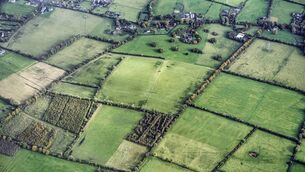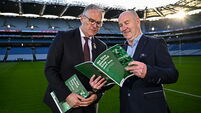Smart Farming boosts income and helps the planet at the same time

It’s quite innovative how this is working. The farmer signs up, completes a farm walk, and identifies some improvements they might be able to bring in. The interesting part is, then, the farmer commits to sharing his or her experience with others













